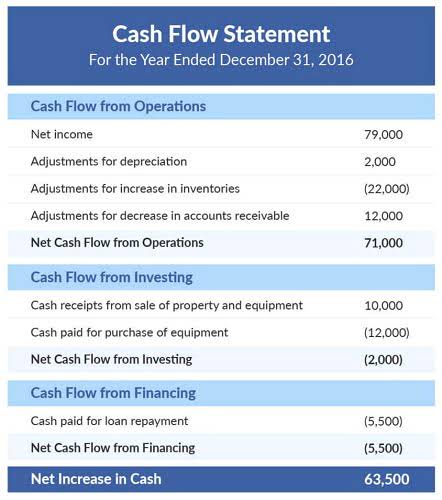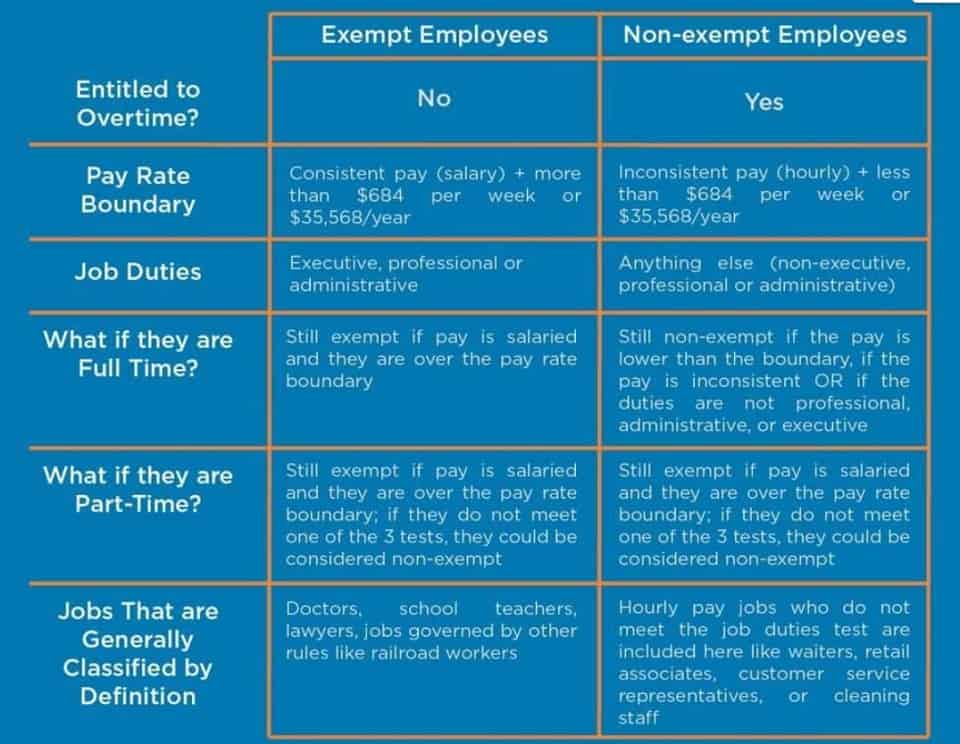
Understanding the Total Period Cost is vital for businesses to evaluate the proportion of their spending that does not directly contribute to production. This insight can lead to more efficient cost management and allocation strategies, ultimately impacting the company’s profitability. Calculating the Total Period Cost (TPC) is a critical step for businesses to understand the efficiency of their spending relative to their operational activities, specifically product development and production. This figure helps in assessing the non-production-related expenses and in strategic planning for future financial periods. The management accountant must carefully evaluate the time expenditure to see if it will be included in the income statement. Also termed as period expenses, time costs, capacity costs, etc these are apportioned as expenses against the revenue for the given tenure.
- Product Costs are essential for calculating the cost of goods sold and determining the gross profit margin of a business.
- Firstly, it is different for different businesses, given the nature of activities being carried out and the type of product being manufactured.
- At Finance Strategists, we partner with financial experts to ensure the accuracy of our financial content.
- Also termed as period expenses, time costs, capacity costs, etc these are apportioned as expenses against the revenue for the given tenure.
- Inventoriable costs are costs that help businesses know how much the expenses incurred should be added to the cost of product to ensure they do not face losses.
- Product costs (also known as inventoriable costs) are costs assigned to products.
Product Cost vs. Period Costs: What Are the Differences?
- These include cost related to the purchase of inventory (raw material, WIP, finished goods) as well as cost that is incurred to manufacture the goods till the point of sale.
- By learning the intricacies of total period cost calculation, companies can identify potential areas for cost reduction and enhance their profitability.
- By implementing effective cost allocation methods, businesses can gain insights into their cost structure, enhance decision-making capabilities, and ultimately drive sustainable growth and profitability.
- This is because these costs are added to the cost of product, which are then borne by the customers who buy them.
- Identifying and categorizing these costs is important as different purposes require different cost constructs.
However, not all Period Costs can be directly allocated, especially those that benefit multiple cost objects simultaneously. Additionally, businesses must periodically assess the carrying value of assets for impairment and adjust depreciation estimates as needed to reflect changes in asset values or useful lives. Ever wondered how businesses track and manage the various expenses they incur while keeping their operations running smoothly?

Streamline Calculations with Sourcetable

In this guide, we’ll delve deep into the world of Period Costs, exploring their definition, types, significance in financial analysis, methods of allocation, and strategies for effective management. Whether you’re a business owner, manager, or investor, grasping the concept of Period Costs is essential https://www.instagram.com/bookstime_inc for making informed decisions, optimizing resources, and ultimately achieving financial success. Period costs are the costs that your business incurs that are not directly related to production levels.
- However, if these costs become excessive they can add significantly to total expenses and they should be monitored closely so managers can take action to reduce them when possible.
- Examples include salaries and wages, rent, utilities, marketing expenses, and depreciation.
- In this guide, we’ll delve deep into the world of Period Costs, exploring their definition, types, significance in financial analysis, methods of allocation, and strategies for effective management.
- Period costs and product costs are two categories of costs for a company that are incurred in producing and selling their product or service.
Difference Between Product Costs and Period Costs FAQs
- Thus, the total inventoriable value of ABC limited for March’19 is $ 3 50,000.
- First-in, first-out (FIFO) costing addresses this problem by assuming that the first units worked on are the first units transferred out of a production department.
- Common examples include executive salaries, sales and marketing expenses, rent, and interest expenses.
- This calculator streamlines the process of computing the Total Period Cost, making it an accessible tool for business owners, financial analysts, and academic use.
- Standby costs will continue if the firm shuts down operations or facilities temporarily.
- On the other hand, period costs are considered indirect costs or overhead costs, and while they play an important role in your business, they are not directly tied to production levels.
FIFO separates current period expenses from those in the beginning inventory. In FIFO costing, the costs in the beginning inventory are transferred out in a lump sum. FIFO costing does not mix costs from prior tenure (in beginning inventory) with https://www.bookstime.com/ a current period expense. There is no fixed approach to identifying the period expense in all the particulars. The Management accountant has to carefully evaluate the time cost and check whether the same will form part of an income statement. It follows logically that period costs are expensed in the same timeframe — or period — they’re incurred.
Share This Calculator
An example of a product cost would be the cost of raw materials used in how to find total period cost the manufacturing process. Product costs also include Depreciation on plant, expired insurance on plant, production supervisor salaries, manufacturing supplies used, and plant maintenance. Product and period costs are incurred in the production and selling of a product. Overhead, or the costs to keep the lights on, so to speak, such as utility bills, insurance, and rent, are not directly related to production. However, these costs are still paid every period, and so are booked as period costs.


From paying employee salaries to covering utility bills and marketing expenses, Period Costs encompass a wide range of expenditures necessary for day-to-day business operations. The one similarity among the period costs listed above is that these costs are incurred whether production has been halted, whether it’s doubled, or whether it’s running at normal speed. The costs of production are always a factor that businesses want to perfect as this factor ultimately decides profitability and their overall growth in the market. Both variable and absorption are factors that are often misunderstood for one another. In some cases, it will be too expensive for a company to eliminate certain types of period costs from its operations. They are also included in determining the amount of revenue that has been earned when an asset is sold, which in turn can affect both revenues and costs in future accounting periods.